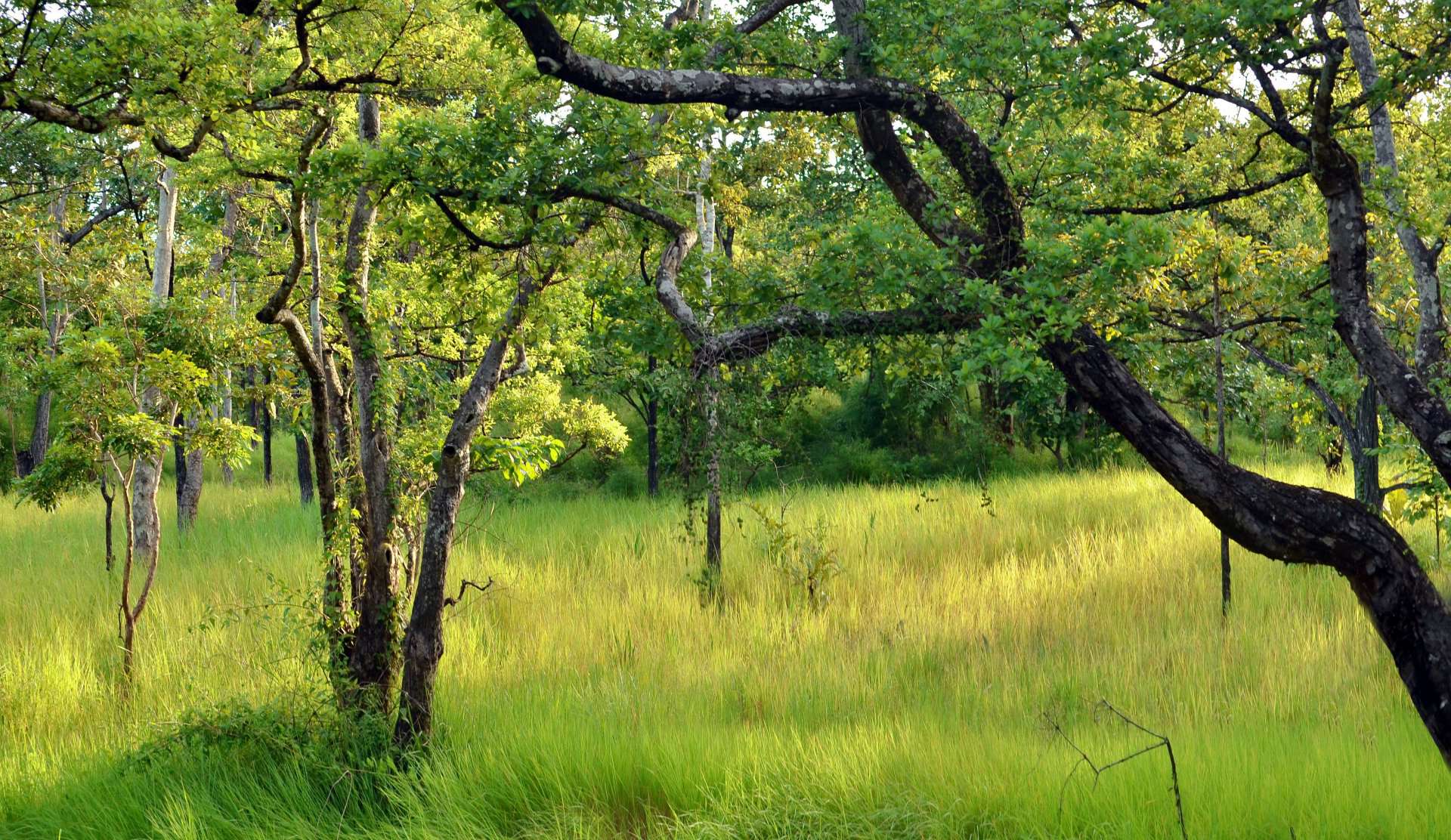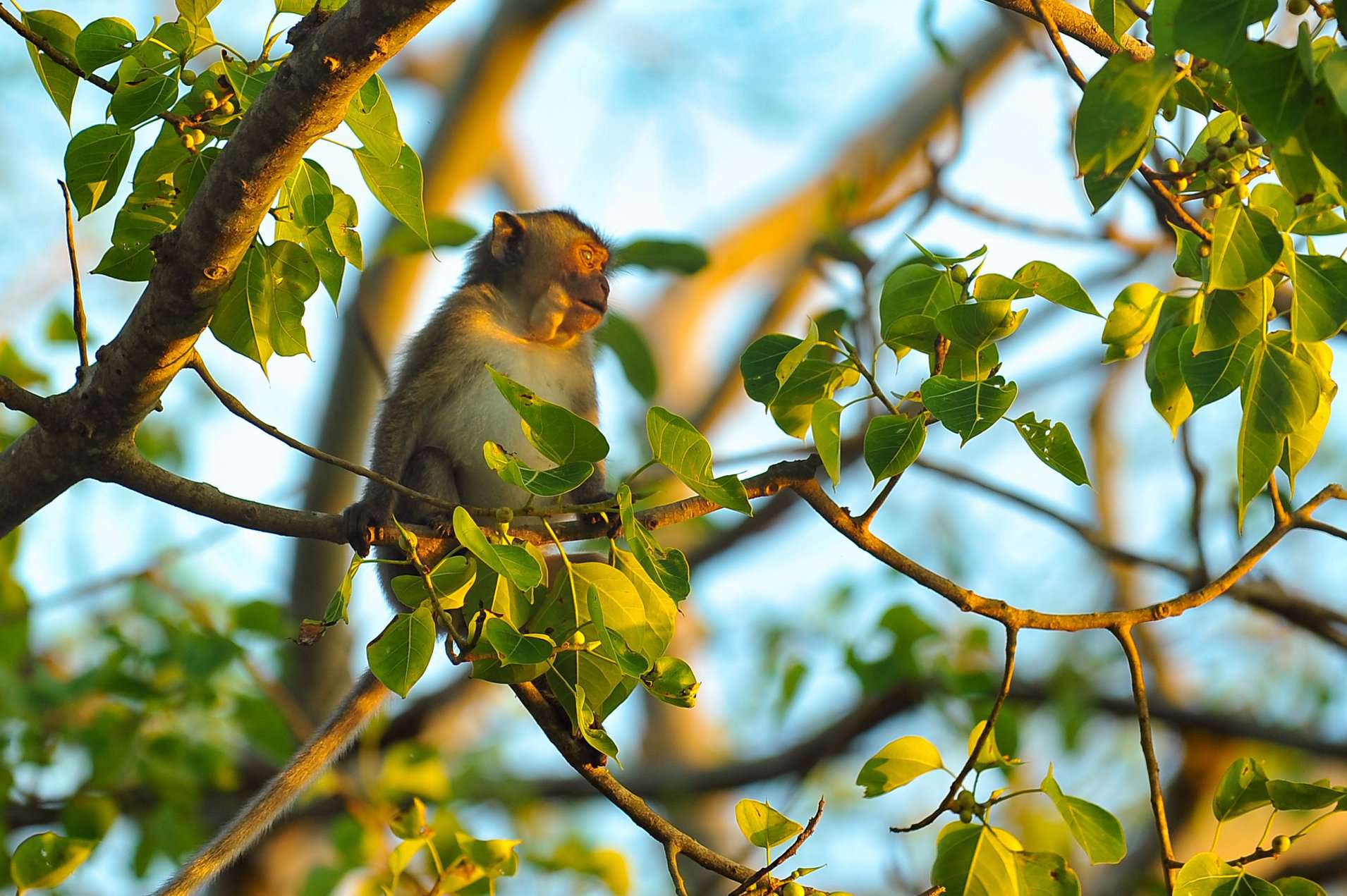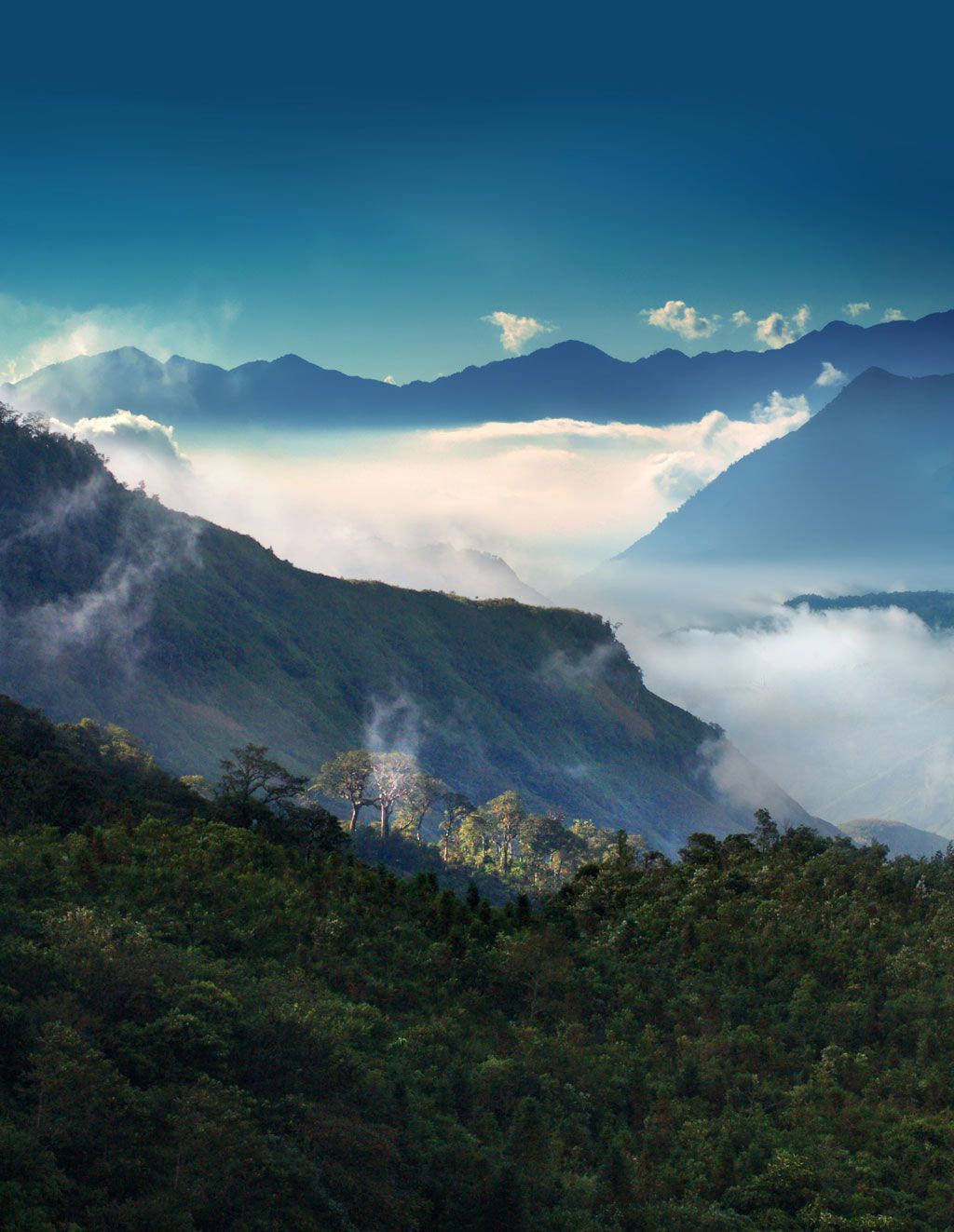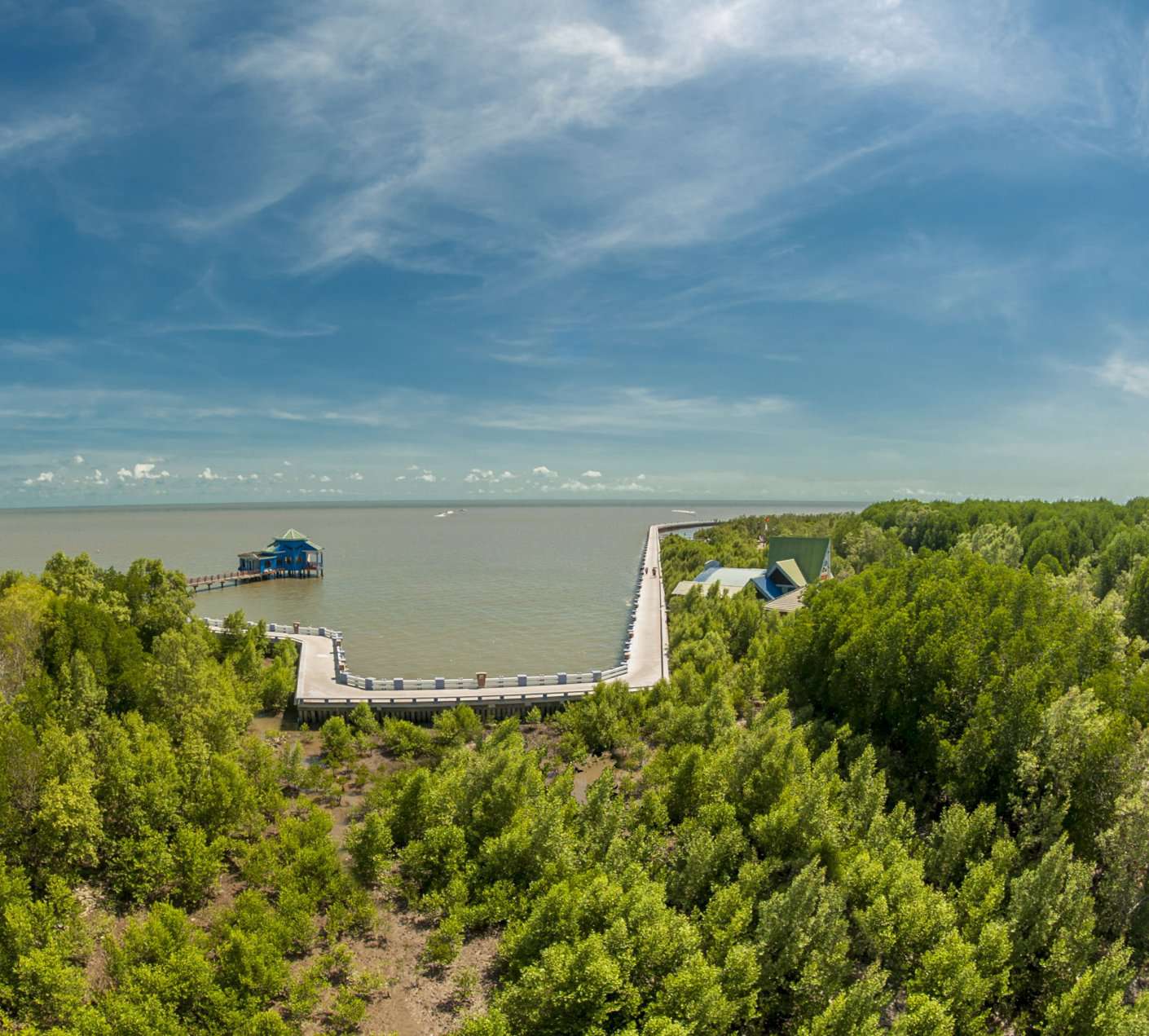Dang Van Phuc
Vietnam’s national parks are treasures for both the current and future generations
Vietnam has 33 national parks spread across its mainland and islands. These “green kingdoms” not only play an important role in preserving, maintaining, and renewing natural resources but also contribute to promoting clean industry.

In 1966, Cuc Phuong Forest (located in the provinces of Ninh Binh, Thanh Hoa, and Hoa Binh) was the first area to be designated a national park in Vietnam. This milestone recognized the country’s first effort to conserve its nature and biodiversity. Each national park has its own marvelous attractions. While Phong Nha – Ke Bang (Quang Binh) is known as “the land of caves”; Cat Ba (Hai Phong), Pu Mat (Nghe An), Xuan Thuy (Nam Dinh), U Minh Thuong (Kien Giang), and U Minh Ha (Ca Mau) are among the world’s most important ecological reserves. Meanwhile, Ba Be (Bac Kan), Tram Chim (Dong Thap), and Con Dao (Ba Ria – Vung Tau) are recognized as wetlands of international importance (Ramsar sites).

The parks are key destinations for scientific research into geology, topography, geomorphology, flora, and fauna. Vietnam is home to many endangered species and rare genetic resources listed in the Red Data Book. As well as providing resources for scientific research, these national parks also welcome travelers in search of nature, fresh air, and relaxation. Some attractions intrigue both scientists and tourists, such as a thousand-year-old parashorea chinensis tree and the butterfly garden in Cuc Phuong; the red-headed cranes in Tram Chim; layers of distinctive dryland vegetation in Nui Chua (Ninh Thuan); and tectonic plates dating back millions of years in Phong Nha – Ke Bang.

Young people looking for adventure can choose from a range of exciting activities: trekking through Du Gia (Ha Giang) or Bach Ma (Thua Thien Hue); hiking the treacherous trails of Hoang Lien Forest (Lai Chau – Lao Cai); boating in the swamps of Xuan Thuy and Tram Chim; as well as long-distance running through Hoang Lien, Bidoup Nui Ba (Lam Dong), or Nam Cat Tien (Dong Nai – Lam Dong – Binh Phuoc), with routes ranging from 10km, 21km, 42km to 70km or 100km. These are wonderful ways to enjoy physical activities while exploring nature.

For the eye behind the lens, the parks have so much to offer. Photographers often find themselves chasing the seasons to capture the most fascinating shots. Their breathtaking shots have captured seas of clouds on the mountain tops, golden rice fields before the harvest, wetlands in the flood season, otherworldly stalactites deep underground, wild animals in their natural habitats, and so on. Moreover, national parks are the native land of many ethnic minority groups, whose customs, lifestyles, and festivals inspire visiting photographers.
Scientific research, photographs, and nature-themed sports and tourism activities have helped promote the beauty of Vietnam’s nature and culture. At the same time, they have helped to raise awareness of the need to preserve nature, and promoted the philosophy of living in harmony with nature to our community.










